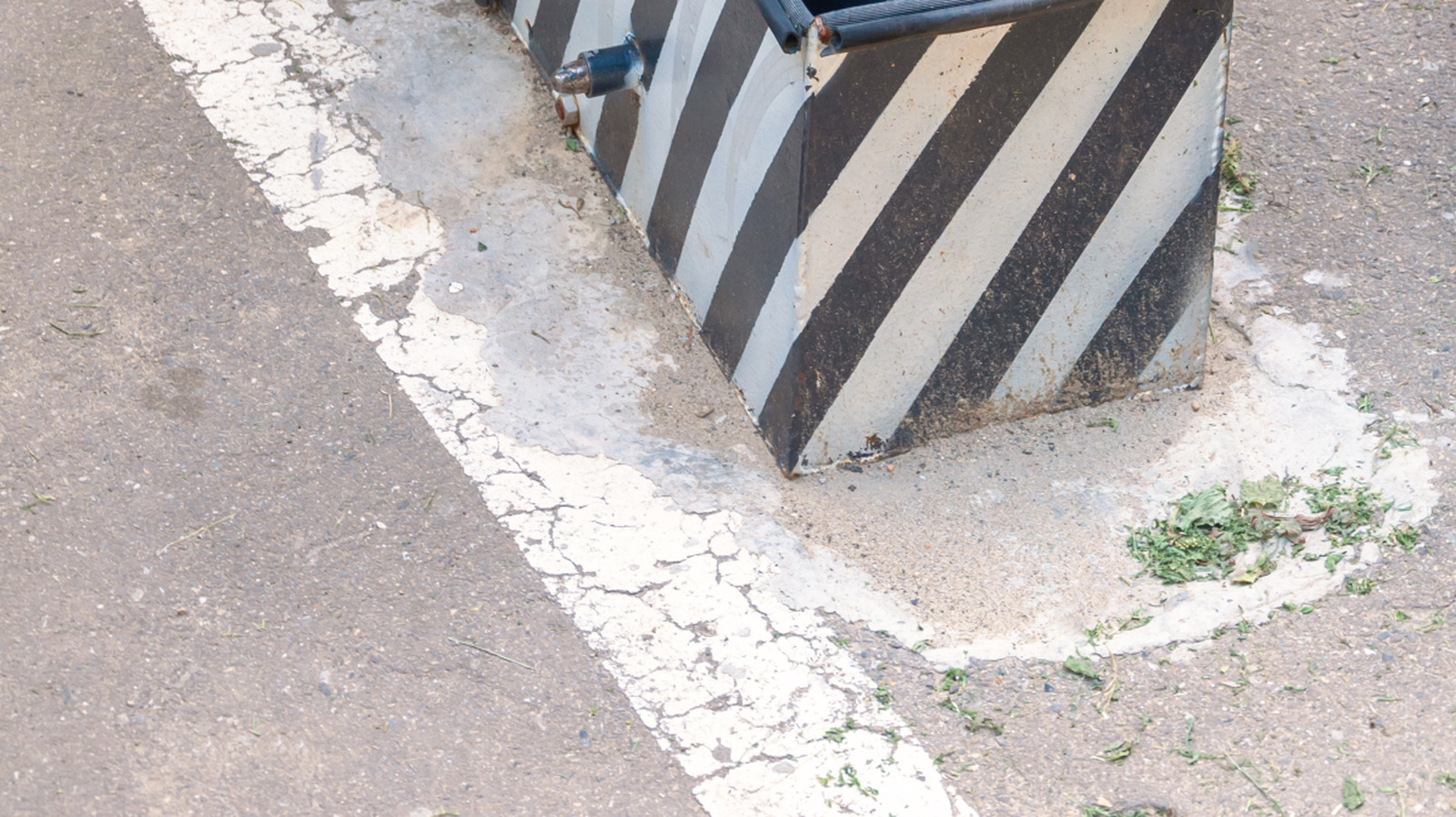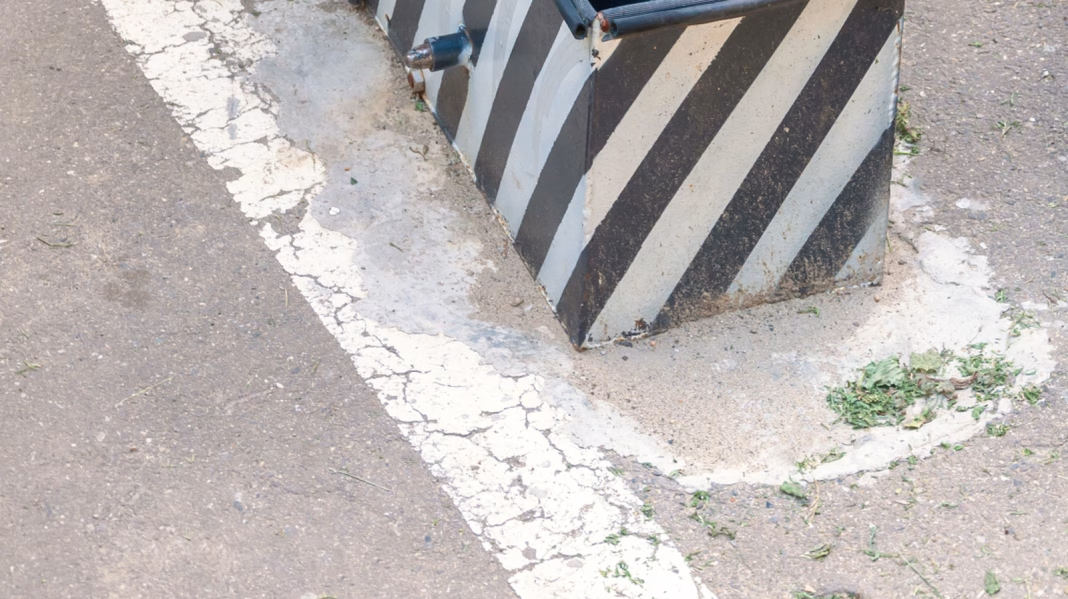How Can You Safely Transport a Motorcycle Without Wheel Chocks?
Let’s be honest—most of us don’t have a set of wheel chocks lying around for those last-minute hauls. Maybe you’re helping a friend move, or you scored a deal on a bike a few towns over. Either way, the trailer’s ready, but you’re missing that one key piece. So, is it possible to secure your motorcycle safely without wheel chocks? Absolutely. It just takes a little extra care and the right approach.
What’s the Real Risk of Skipping Wheel Chocks?
Wheel chocks are designed to keep your bike’s front wheel from shifting side to side or rolling forward, especially during sudden stops or sharp turns. Without them, your motorcycle is more vulnerable to tipping or sliding, which can lead to costly damage—or worse, a dangerous situation on the road. According to the National Highway Traffic Safety Administration, improper motorcycle transport is a leading cause of accidental damage during transit, with unsecured bikes accounting for a significant percentage of insurance claims each year. So, while it’s doable to go chock-free, it’s not something to take lightly.
What’s the Best Way to Secure a Motorcycle Without Chocks?
Start by parking your motorcycle straight and centered on the trailer, with the front wheel pushed firmly against the trailer’s front wall or rail. This gives you a solid anchor point, even without a chock. Next, grab a set of high-quality ratchet straps—ideally four, two for the front and two for the rear. Loop the front straps around the lower triple tree or fork tubes (never the handlebars, which can bend or break under pressure). Tighten these straps evenly, compressing the suspension just enough to keep the bike stable but not so much that you risk blowing a fork seal.
For the rear, attach straps to sturdy frame points or passenger peg mounts. The goal is to keep the bike upright and prevent any side-to-side movement. If your trailer has tie-down points wide enough, angle the straps outward for extra stability. Give the bike a gentle shake—if it wobbles, tighten the straps a bit more. And always double-check your work after a few miles on the road; straps can loosen as the suspension settles.
Are There Any Tricks to Make the Setup More Secure?
Absolutely. One old-school trick: wedge a block of wood or a rubber doorstop in front of the front tire. It’s not as foolproof as a chock, but it adds friction and helps keep the wheel from rolling. Some riders even use a rolled-up towel or a sandbag behind the rear tire for extra insurance. Just make sure nothing you use can slip out during transit.
Another pro tip—avoid over-tightening. It’s tempting to crank down the straps until the bike can’t budge, but this can stress the suspension and frame. Instead, aim for firm, even tension. And if you’re hauling over a long distance, stop every hour or so to check the straps and make adjustments. Road vibrations and bumps can loosen even the best setup.
What Should You Avoid When Tying Down a Motorcycle Without Chocks?
Never use bungee cords or cheap straps. They stretch, snap, and generally can’t handle the weight of a motorcycle. Also, don’t tie down to handlebars, mirrors, or any part that isn’t designed to take heavy loads. And resist the urge to skip the rear straps—front-only tie-downs might keep the bike from rolling, but they won’t prevent it from tipping sideways.
If your trailer doesn’t have enough tie-down points, consider adding a few D-rings or E-track anchors. It’s a small investment that can save you a world of trouble. And always check your trailer’s weight rating before loading up; an overloaded trailer is a recipe for disaster.
How Do Real Riders Handle This in a Pinch?
Ask around at any bike night, and you’ll hear plenty of stories—some successful, some cautionary. One rider I know once used a pair of old car floor mats under the tires for extra grip, plus a makeshift wedge from a 2×4. Another swears by wrapping a towel around the front rim before strapping down, to avoid scuffing the finish. The common thread? Creativity and caution. No one’s proud of skipping chocks, but with the right approach, it’s possible to get your bike from point A to point B without a scratch.
What’s the Smartest Way to Prepare for Next Time?
If you find yourself hauling bikes more than once or twice a year, it’s worth investing in a set of wheel chocks or a dedicated motorcycle trailer. Not only does this make the process faster and safer, but it also gives you peace of mind. According to a 2023 survey by the Motorcycle Industry Council, riders who use proper chocks and tie-downs report 60% fewer incidents of transport-related damage compared to those who improvise.
The big takeaway? Securing your motorcycle without wheel chocks isn’t about perfection—it’s about smarter adjustments. Start with one change this week, and you’ll likely spot the difference by month’s end.


